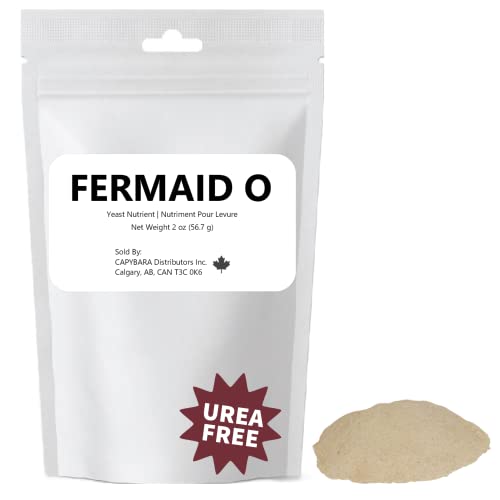Crafty
New Member
I'm looking for a little advice regarding dumping trub during fermentation. I'm planning to bottle condition this batch and not sure if dumping the trub will affect how well it carbonates. Will I still have plenty of yeast in suspension or not, I usually dump the trub and hops then go straight in to kegs and carbonate via CO2 not sure if I should approach bottle conditioning differently.






































![BREWING THERMOMETER STICKERS ACCURATELY MONITOR FERMENTING BEER & WINE LIQUID TEMPERATURES 5PCS HOME BREW SPIRITS WINE LCD ADHESIVE [US]](https://m.media-amazon.com/images/I/311DDjo2X3L._SL500_.jpg)


